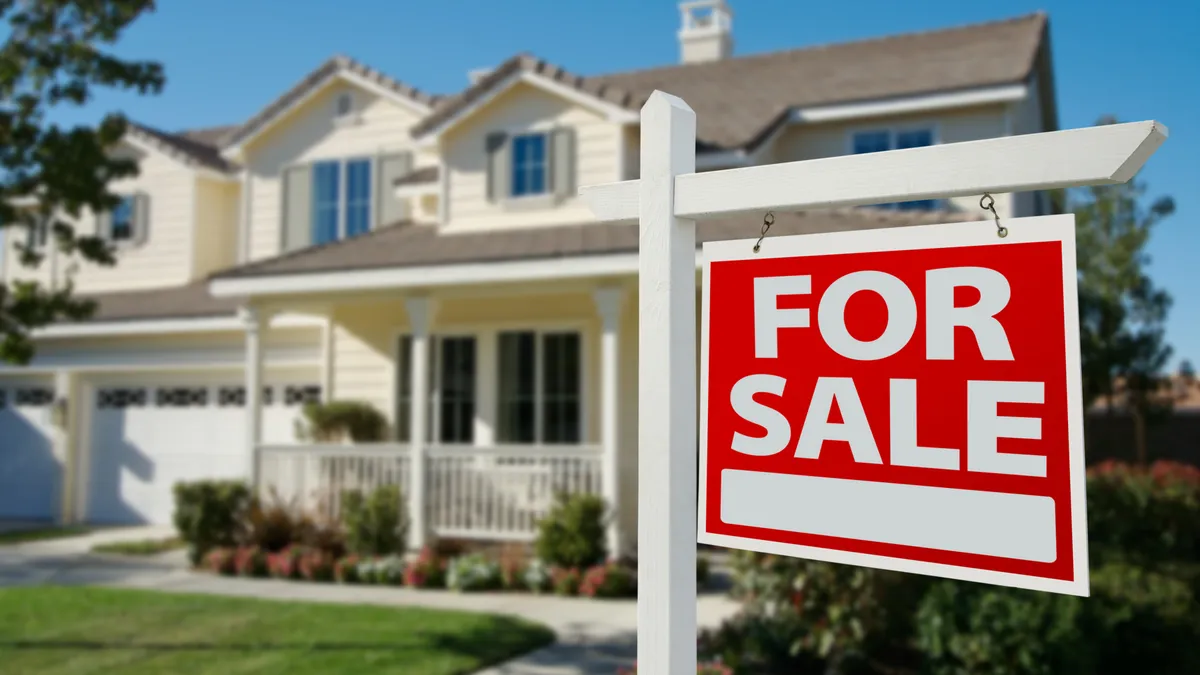Dive Brief:
-
Home prices in the U.S. rose 0.7% from December to January and were up 6.9% year-over-year, according to the latest CoreLogic Home Price Index.
-
The rate of price growth is expected to slow in the coming year, with a 4.8% annual increase forecast from January 2017 to January 2018. Home prices are forecast to rise 0.1% from January to February 2017.
- January could mark the start of a tapering in home-price growth nationwide, with the increase from December down 10 basis points from that recorded from November to December and 40 basis points from October to November. Seven states saw price increases ahead of the national average, roughly on par with the previous months.
Dive Insight:
Home prices are up in all but one state — Maine — and in many cases are running ahead of the rate of inflation, CoreLogic CEO Frank Nothaft said in a statement. Tight for-sale inventory and low rental vacancies remain a major contributing factor nationwide, especially ahead of the spring selling season, which many builders say is already heating up.
New-home sales continue to chart an upward course, coming in 5.5% ahead of the year-earlier period in January, according to the Commerce Department. The median price for a newly built home rose to $312,900 in January from $291,100 a year ago. The month’s existing-home sales report tells a similar story. Sales in that category increased 3.8% year-over-year to their highest level since February 2007, according to the National Association of Realtors. The median price in that segment was $228,900 for the month compared to $213,700 in January 2016.
While concerns over lot and labor shortages, and their associated costs, have builders hesitant about how they’ll tackle increasing demand, January’s 8.2% annual increase in building permit authorizations for single- and multifamily construction could mean hope for the infusion of more supply.
Continued growth in single-family investment activity is putting further stress on the entry-level market, which is where inventory conditions are reportedly the tightest. A report last month from Attom Data Solutions and Clear Capital found that non-owner-occupied homes accounted for 37% of home sales in 2016 — the most in the two decades the company has been collecting such data.
Since the recession, the share of single-family housing stock converted into rentals increased significantly, with more than half of the growth in rental housing during that period occurring in that segment, according to the National Association of Home Builders.
For more housing news, sign up for our daily residential construction newsletter.














